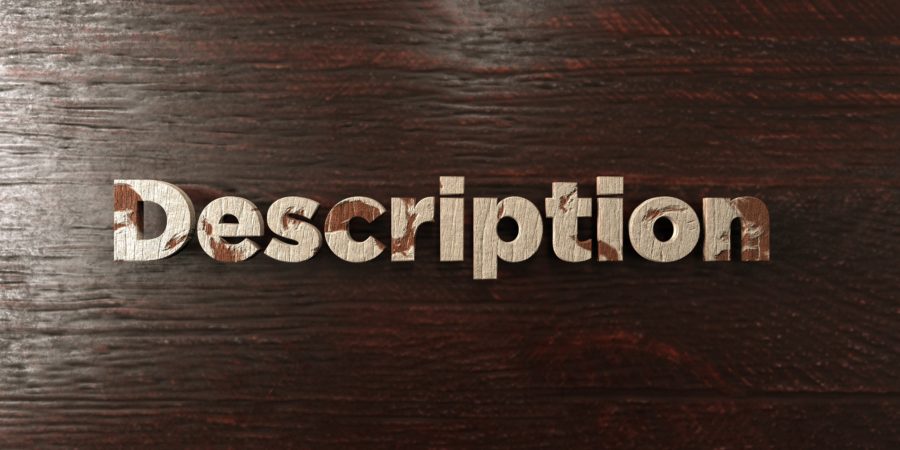5 Steps to Creating a Compelling Company Description
One of the most painstaking tasks new entrepreneurs and business owners undertake in the branding process is creating the right company description. Your company’s description page is essentially an advertisement for your company. If you are a website designer or are responsible for content writing, you should already be familiar with online marketing strategies. Striking the right balance between authenticity and creativity requires a thoughtful, strategic approach.
Your description page is your company’s business face on the Internet. When creating this essential piece of your core messaging, it’s important for your content writer to understand what resonates and stands out in today’s online culture. The description should contain key data elements and be formatted in a way that is both appealing and professional. Follow our 5 steps to creating a compelling company description to build a stronger web presence that both engages and entices customers. Not only will this type of content writing attract customers, but also keep their interest piqued.
Step One: Do Your Research

Your first step before you even begin content writing is to do your research. Research your industry and competitors using a wide range of credible sources. You may consider interviewing industry veterans or reviewing published studies. You can also gain useful information in trade magazines and other news sources. Conducting surveys or interviewing clients in your target market can also provide you with valuable information to help you craft your business description. The last thing you want to do is copy or mimic your competition. You want to be able to stand out and rise above your competitors.
Step Two: Keep It Simple

The length of your business description can vary depending on a number of factors. These may include whether or not you’re seeking funding, types of products and services you offer as well as industry information. Your ultimate goal is to attract clients and sell products. The description page defines your company’s who, what, where, when and why in a manner that is both visually appealing and inviting to customers. All pertinent information should be included in a simple and concise way. The description page should be divided into sub-pages such as products, location and hours, executive staff and frequently asked questions. The content of each page should be limited to a single screen for quick reading as well provide links for further information.
Step Three: Use Attention Grabbing Images

Most people will instantly be turned off from a wall of text without even reading it. An enticing image draws customers to a page and keeps their attention to read further. Use images that are both simple and eye-catching. You can also use your company’s logo, building photos, or simple stock photos that depict friendly, happy customer service representatives or people enjoying the products you sell. Content writers should keep the focus on the text while allowing the visual imagery to contrast with the message in order to invoke an emotional response from the readers.
Step Four: Optimize for Both Web and Mobile Browsing

Online consumers use numerous different web browsers and devices. You want to attract as many clients as you can using platforms such as Microsoft, Google, Apple, Android and Linux. Your website designer should opt for as many of these platforms as possible in order to ensure a consistent, seamless experience. Because browsers are free to download, install as many as you can and test thoroughly. You will have customers who browse your pages on iPhone, Android or Windows smartphones. If you use a digital agency service, they should use your Web-hosting provider’s mobile configurations, if available. You can also encourage your employees to test the site on their phones. Page formatting is essential to attract and retain customers. You could ward off many clients just because your site won’t display properly on specific devices, platforms or browsers.
Step Five: Don’t Use Fancy Fonts

In order to maximize online marketing efforts, use standard fonts such as Times New Roman and Arial. These fonts are universal, meaning they will translate consistently across all browsers and platforms while delivering a uniform look and feel. In addition, standard fonts are easily recognized. Potential clients are accustomed to seeing websites in these fonts, making them more comfortable reading content on the pages. They also convey a message about your company’s professionalism. Tempting fonts such as Comic Sans may appear attention-grabbing, but they attract the wrong kind of attention. Therefore, you should opt for basic and professional fonts.
If you are looking for a digital marketing agency to enhance your company description or any other online marketing need, check out iwebcontent. We’re your in-house, outsourced online marketing department.







